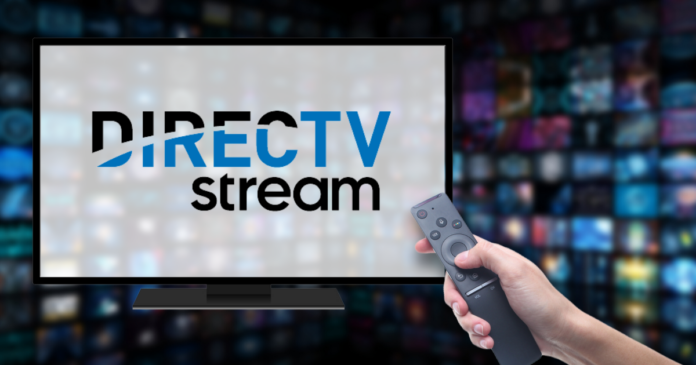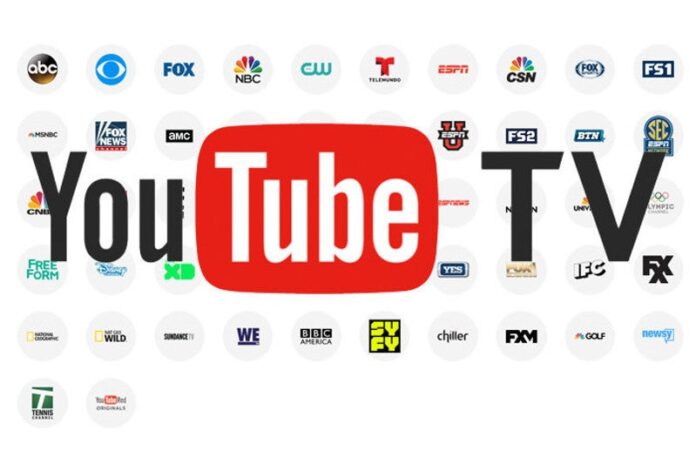
In 2024, the world of sports TV channels and streaming services has expanded dramatically, offering viewers a plethora of options. This blog post delves into the best sports TV channels and streaming services available, analyzing their offerings, features, and why they stand out in a crowded market.
DIRECTV STREAM – Best for Regional Sports

DIRECTV STREAM stands out for fans seeking a broad range of regional coverage. It offers various pricing tiers to accommodate different budgets, ensuring access to significant channels.
The service is known for its wide coverage of regional sports and unlimited DVR, though it is pricier than others and lacks 4K live coverage. Its high video quality (1080p where available) and features like recording every team’s games and in-app scores make it a strong contender.
Sling TV – Best for Budget Sports Streaming
Sling TV is an affordable option for accessing major channels like ESPN. It offers two main plans: Sling Orange and Sling Blue, each catering to different preferences at a budget-friendly price.
While it’s the least expensive option for channels like ESPN and offers add-ons like NFL RedZone, it doesn’t include regional sports and has limited DVR capacity. Sling TV stands out for its cost-effectiveness and additional features for tracking scores and betting lines.
Fubo – Best for Regional Sports Savings

FuboTV provides both mainstream and non-mainstream coverage, including hard-to-find regional networks. Offering the least expensive coverage of regional sports and 4K in its Elite Plan, FuboTV is a unique choice for enthusiasts.
However, it does miss out on TNT and TBS, impacting the availability of some playoff games. Its MultiView feature allows watching four games simultaneously, and FanView offers live stats and scores.
Hulu + Live TV – Best for National Sports
Hulu + Live TV is a great choice for national coverage, including ESPN+. It offers a range of major channels without extra charges and features like unlimited DVR. However, it doesn’t offer regional networks in most markets and lacks 4K coverage. The service is user-friendly, allowing easy game finding, and includes The Disney Bundle for diverse entertainment.
YouTube TV – Best Overall Quality

YouTube TV excels in picture quality and comprehensive coverage. It’s known for its high frame rate and resolution, catering to viewers who prioritize picture quality. Though it might be pricier, its range of channels and superior streaming experience make it a top choice.
Emerging Trends
The broadcasting landscape is constantly evolving, with new technologies and viewing habits shaping the industry. Innovative streaming technologies, interactive viewing experiences, and the integration of social media are transforming how audiences engage with content.
These trends are influencing broadcasters to adopt more dynamic and immersive ways to present events. In line with this evolution, platforms like 링크모음 are emerging as crucial resources. They provide curated links and information, helping viewers navigate the expanding universe of broadcasting options.
This integration of comprehensive resources like 링크모음 with modern broadcasting strategies underscores the industry’s shift towards a more interconnected and user-friendly viewing experience.
Impact of 5G on Streaming

The rollout of 5G technology is significantly impacting streaming, offering faster and more reliable internet connections. This advancement is leading to higher-quality streams, reduced latency, and the possibility of watching sports in virtual or augmented reality. As 5G becomes more widespread, it’s expected to revolutionize the way fans watch and interact with live sports.
The Rise of eSports and Alternative Content
eSports and alternative sports content are gaining significant traction, appealing to a younger and more diverse audience. Platforms are now including tournaments and events in their programming, recognizing the growing interest in competitive gaming. This inclusion reflects a broader trend of diversifying content to attract and retain viewers with varied interests.
Personalization and User Experience
With advancements in technology, streaming services are increasingly focusing on personalization and enhancing user experience. These platforms are utilizing data analytics and machine learning to offer personalized content recommendations, tailored to individual viewing habits and preferences.
This approach not only improves viewer engagement but also helps in discovering new sports or leagues that align with the user’s interests. Additionally, customizable user interfaces and interactive features like in-app betting, social sharing, and multi-angle replays are becoming more common, significantly enriching the overall viewing experience.
Integration of Virtual Reality

Virtual Reality (VR) is making a profound impact in the broadcasting arena. VR technology allows viewers to experience games as if they are present in the stadium, offering a 360-degree view and an immersive experience.
This technology is especially appealing for high-profile events like the World Cup or the Olympics, where tickets are scarce and expensive. VR also presents a unique opportunity for fan engagement during the off-season, with virtual tours of facilities, meet-and-greets with athletes, and historical game experiences. As VR technology becomes more accessible, it’s likely to become a staple in broadcasting.
Sustainability and Eco-friendly Practices
Sustainability is becoming a key consideration in the broadcasting industry. Broadcasters are adopting eco-friendly practices to reduce their carbon footprint, such as using solar-powered equipment, implementing energy-efficient production techniques, and reducing travel by utilizing remote production.
Additionally, there is a growing trend in promoting environmental awareness through programming, including documentaries on sustainable practices in sports and highlighting eco-friendly initiatives by athletes and teams.
This shift towards sustainability not only benefits the environment but also resonates with the increasingly environmentally conscious audience.
The Role of Social Media

Social media has transformed the way fans interact with sports. Platforms like Twitter, Instagram, and Facebook allow fans to engage in real-time discussions, share opinions, and connect with athletes and fellow enthusiasts globally.
This interaction extends the viewership experience beyond the live event, with highlights, behind-the-scenes content, and athlete insights shared across social media platforms.
Moreover, social media has become a crucial tool for marketing, with teams and broadcasters leveraging these platforms for promotions, announcements, and fan contests. This integration of social media in sports broadcasting is enhancing fan engagement and creating a more interactive and connected community.
Conclusion
Sports fans will have several alternatives in 2024 to watch their favorite events, ranging from full bundles like DIRECTV STREAM and Hulu + Live TV to more affordable ones like Sling TV. There is something for every kind of sports fan with the distinctive features and varying demands that each service offers.








